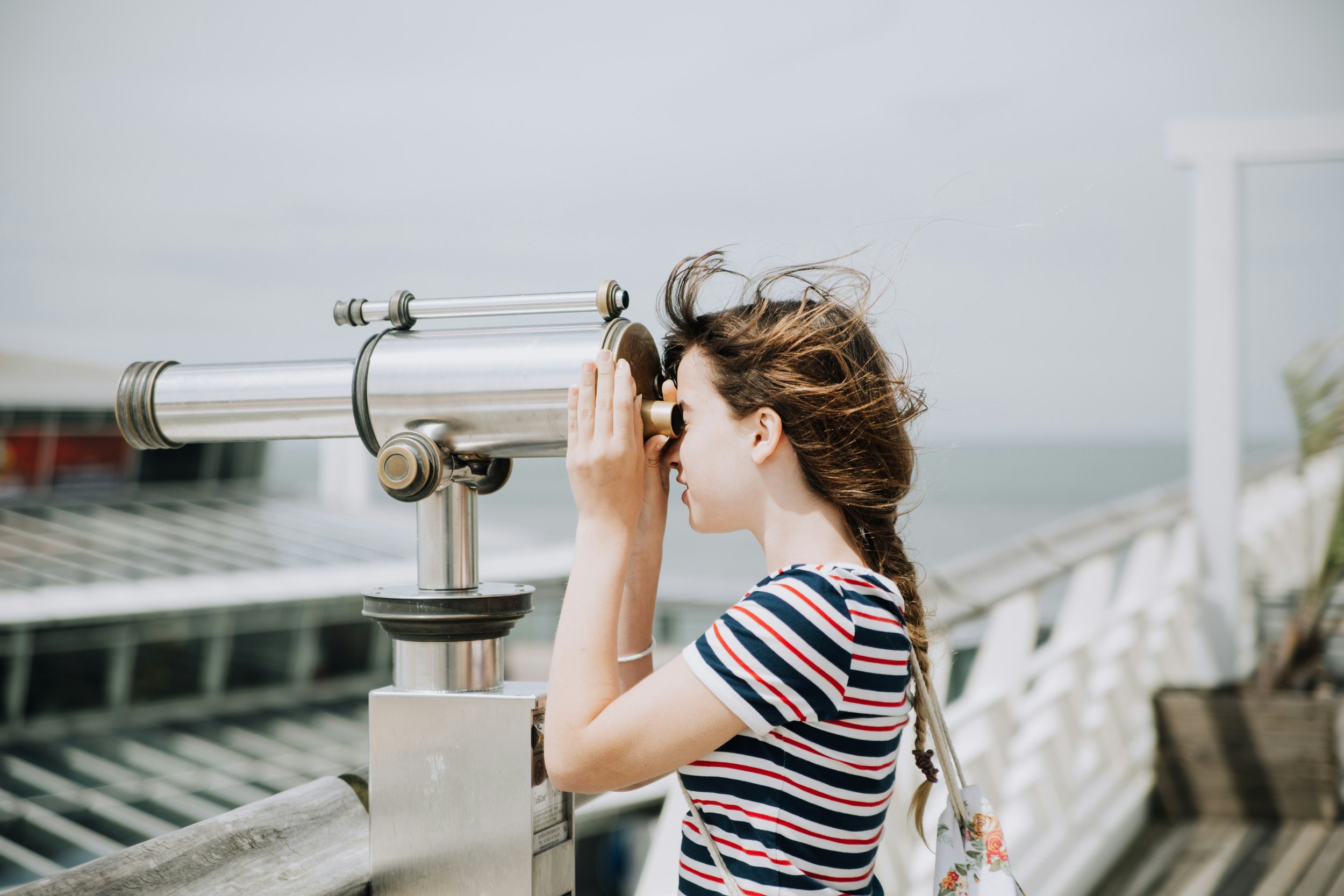Looking inward…
Artist Paula Rego said, of making an artwork: ‘It can reveal things that you didn't expect. Things you keep secret from yourself’ (Kellaway, 2021)
I am certainly an advocate of using creative approaches to actively search for and make meaning, to uncover the unknown or the unexpected, and I often do this in an autoethnographic way, looking inward initially.
In my professional world, as a primary art specialist in higher education initial teacher training, I have found that the creative process can help me to explore questions about the professional place that I inhabit and the work that I do as an artist-researcher-teacher+ *. What are the benefits, the things that sustain me, and how might I navigate the challenges that are sometimes there: the not-belonging, the isolation, the disharmony, the liminality? I have discovered that looking inward can provide avenues for self-sustainment. It can bring understanding and empowerment.
My material of choice - both in writing and in making - is often the metaphor, and to be more specific, my creation of metaphor/ms (a hybrid term connecting ‘metaphor’ and ‘form’). Metaphor/ms are physical objects that are created with and through a playful exploration of a chosen metaphor. In research terms, the metaphor itself is the data or the way in which I have interpreted the data, and the metaphor/m the creative output that can be shared more widely. They epitomise the notion that Eisner purported in his writing on arts-based research, that using alternative forms of data representation within educational research might illuminate meaning and complexity, be evocative and generate insight. (Eisner, 1997).
Generally, metaphors, similes and analogies are considered literary devices, but they also serve a visual purpose, often painting a ‘picture’ in our minds to clarify a narrative or a scenario, and so they are ideal to help navigate questions of complex identity, practice and pedagogy. They can help us to think about, and represent to ourselves and others, ideas that are complex. They can support how we are seen by, and how we explain ourselves to, others who are not artist-researcher-teacher+.
As with every metaphor or analogy, they will resonate differently for everyone. There is, perhaps, no ‘one size fits all’, as we are all unique in our artist-researcher-teacher+ positions. But in looking inward for ways to represent my own artist-researcher-teacher+ being and doing, I am also finding ways to share outward, speaking to, and perhaps for, others (although I say this cautiously, as I am not sure one person can ever speak truly for another).
Healthy artist-researcher-teacher+ practice benefits from finding artful representations of our place in the world, in a way that is not self-indulgent or whimsical, but rooted in interrogation and deliberate and keen professional purpose. We can, and must, find ways to make our voices heard loudly and articulately, in ways that empower us and stay true to our practices and principles.
What would you like to say? How would you attach significance to what you do as an artist-researcher-teacher+? Which images/metaphors/analogies might help you tell your narrative?
* The plus symbol acknowledges the plethora of other identities that may come into play in oneself, so as to widen rather than limit the pot.
